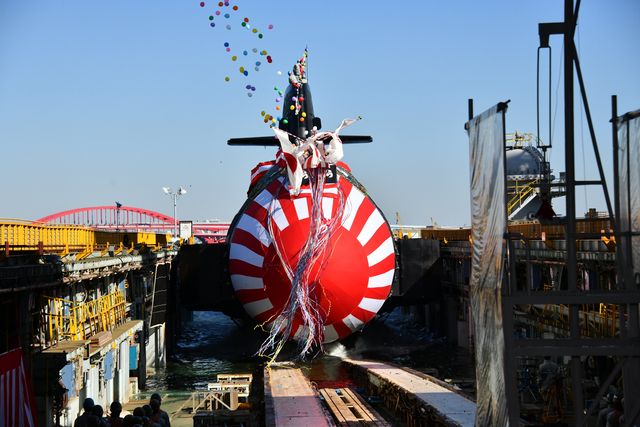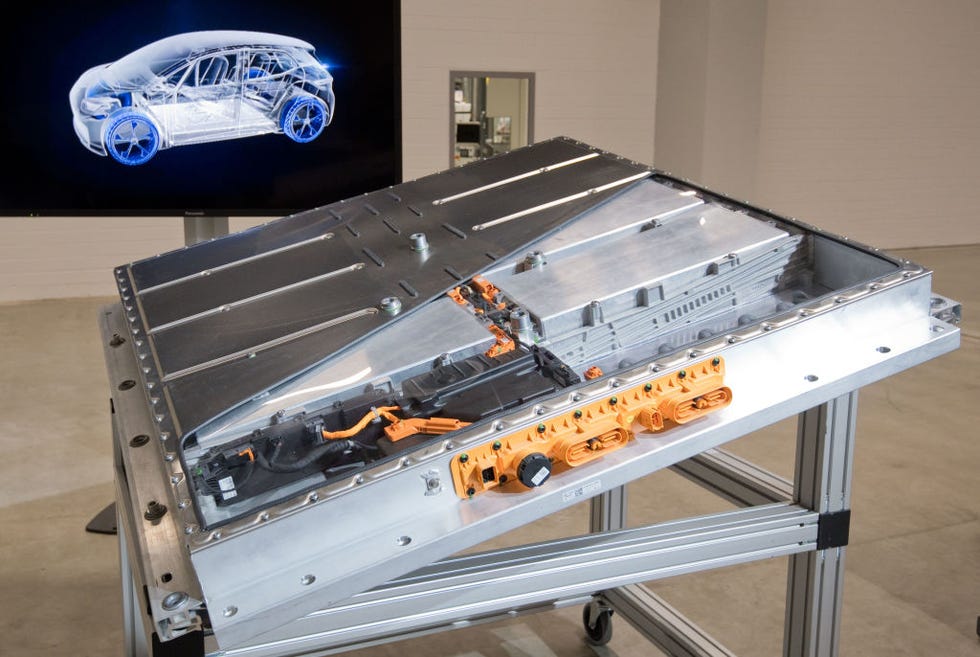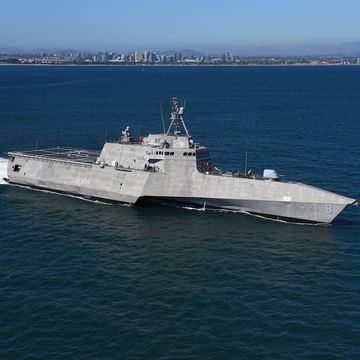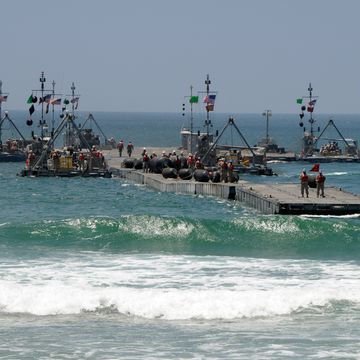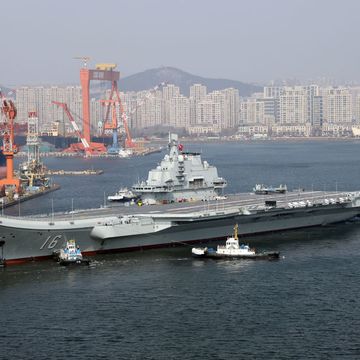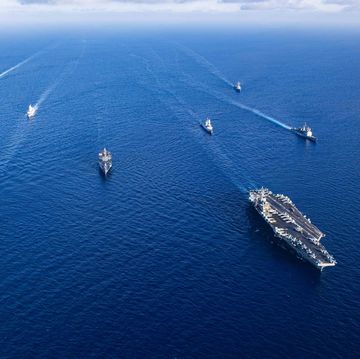- Submarines use batteries for quiet propulsion underwater.
- Until recently, submarines used lead acid batteries, which were heavy and less energy efficient.
- The adoption of lithium ion batteries is a huge improvement over the older batteries but carries some risks.
Japan’s submarine fleet is getting a major upgrade, and it’s likely the same tech found in the device you’re using to read this article. The new submarine Toryu, or “Fighting Dragon,” is equipped with lithium ion batteries, which power most of the consumer technology available worldwide. The result is submarines capable of cruising silently underwater longer than ever.
All diesel-powered submarines use batteries to travel silently underwater. The batteries are charged by the diesel engine, which needs oxygen to run. This in turn requires the submarine to surface, or at the very least snorkel, which exposes the periscope, an air intake, and an exhaust port above the surface of the water. Although small, these bits of equipment can be detected by radars, bringing unwanted attention from enemy anti-submarine ships and planes.
Some modern submarines use an air independent propulsion system instead of regular diesel engines to travel underwater and recharge their batteries. This increases the amount of time a submarine can travel underwater, but it's noisier than battery propulsion. The better the batteries, the longer a submarine can travel—and fight—underwater.
Since World War II, submarines have used lead acid batteries. Lead acid batteries are heavy, but they’re also a proven technology. They’re also obsolete in the consumer world, replaced in the 1990s by nickel metal hydride batteries. Today’s devices are powered by an even better technology, lithium ion batteries.
Toryu, built by Kawasaki Heavy Industries and launched on November 6th, is equipped with lithium ion batteries. Lithium ion batteries are lighter and have a higher energy density, meaning a pound of lithium ion batteries will store more electricity than a pound of lead acid. Lithium ion batteries also hold their charge longer and are faster to recharge. Toryu will be able to sit quietly on the bottom of the ocean, waiting in ambush for the enemy fleet, then sneak away on battery power after it unleashes a salvo of torpedoes.
Lithium ion batteries aren’t a risk-free technology. Lithium catches fire when exposed to water, a precarious situation for a submarine. In the event of a leak, the batteries must be shielded from water at all costs. Lithium fires are hot, burning at up to 3,600 degrees Fahrenheit, and release hydrogen gas. Hydrogen gas buildup on submarines is very bad, because a submarine is a small, enclosed space and hydrogen gas is flammable. A hydrogen gas buildup is one theory behind the sinking of the U.S. Navy submarine Scorpion.
Despite the risks of using lithium ion, Japan obviously thinks the reward in terms of increased submarine performance is worth it. Other navies will inevitably follow suit, resulting in a new generation of submarines that are deadlier than ever.
Source: Naval News
Watch: Making a knife from old batteries:

Kyle Mizokami is a writer on defense and security issues and has been at Popular Mechanics since 2015. If it involves explosions or projectiles, he's generally in favor of it. Kyle’s articles have appeared at The Daily Beast, U.S. Naval Institute News, The Diplomat, Foreign Policy, Combat Aircraft Monthly, VICE News, and others. He lives in San Francisco.
